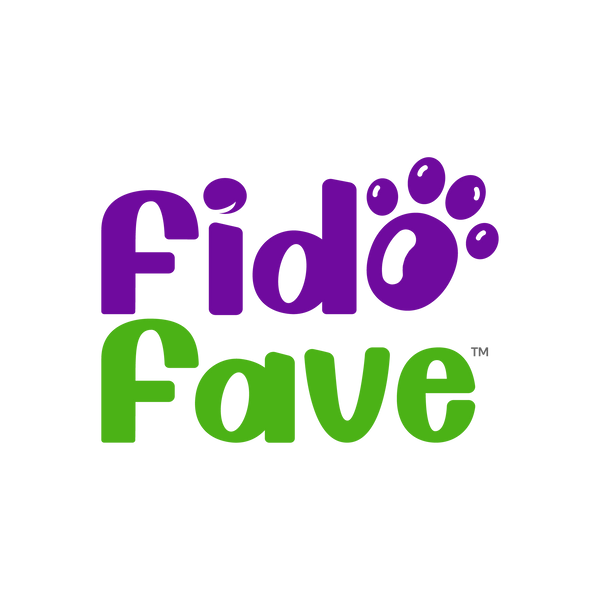1.Understanding the Needs of Senior Dogs:

1.1 Changes in Skin and Coat:
Senior dogs often experience changes in their skin and coat. Discussing these changes with your vet can help identify specific grooming needs, such as dealing with dry skin or managing a thinner coat.
1.2 Arthritis and Joint Health:
Older dogs may suffer from arthritis or joint issues, affecting their mobility. Gentle handling during grooming becomes crucial. Invest in supportive grooming tools like non-slip mats and consider elevating them slightly to avoid unnecessary bending.
2.Special Techniques for Senior Dog Grooming:
2.1 Brushing and Detangling:
Regular brushing remains important for seniors, but opt for softer brushes to prevent discomfort. Be extra gentle around joints and areas prone to matting. Detangle patiently, avoiding pulling or tugging on the coat.
2.2 Bathing:
Senior dogs may not need as frequent baths, but when they do, choose a mild, moisturizing shampoo. Ensure the water is comfortably warm, and consider placing non-slip mats in the bath to prevent slipping.
2.3 Nail Trimming:
Older dogs often have slower nail growth, but regular trims are still necessary. Use a grinder or clippers, and be cautious not to cut into the quick. If you're unsure, seek guidance from your vet or a professional groomer.
2.4 Ears and Eyes:
Check your senior dog's ears for signs of infection or irritation. Gently clean them with a vet-recommended solution. Be mindful around the eyes, wiping away tear stains with a damp cloth.
3.Adjustments to Your Grooming Routine:

3.1 Shorter Sessions:
Older dogs may not tolerate long grooming sessions. Keep sessions short and positive, rewarding your pup for their patience.
3.2 Comfortable Environment:
Create a grooming space that's warm, quiet, and free from distractions. This helps minimize stress and keeps the grooming experience positive.
4.Health Monitoring Through Grooming:
4.1 Skin Abnormalities:
Regular grooming allows you to monitor your senior dog's skin for abnormalities like lumps, bumps, or signs of allergies. Report any concerning findings to your vet promptly.
4.2 Weight Management:
Grooming provides an opportunity to assess your dog's weight and body condition. If you notice sudden weight loss or gain, consult your vet to adjust their diet accordingly.

Conclusion:
Grooming your senior dog is not just about maintaining a clean coat—it's a holistic practice that contributes to their overall well-being. By understanding their changing needs and adjusting your grooming routine accordingly, you can ensure your aging companion stays comfortable, healthy, and continues to enjoy the simple pleasures of life.
